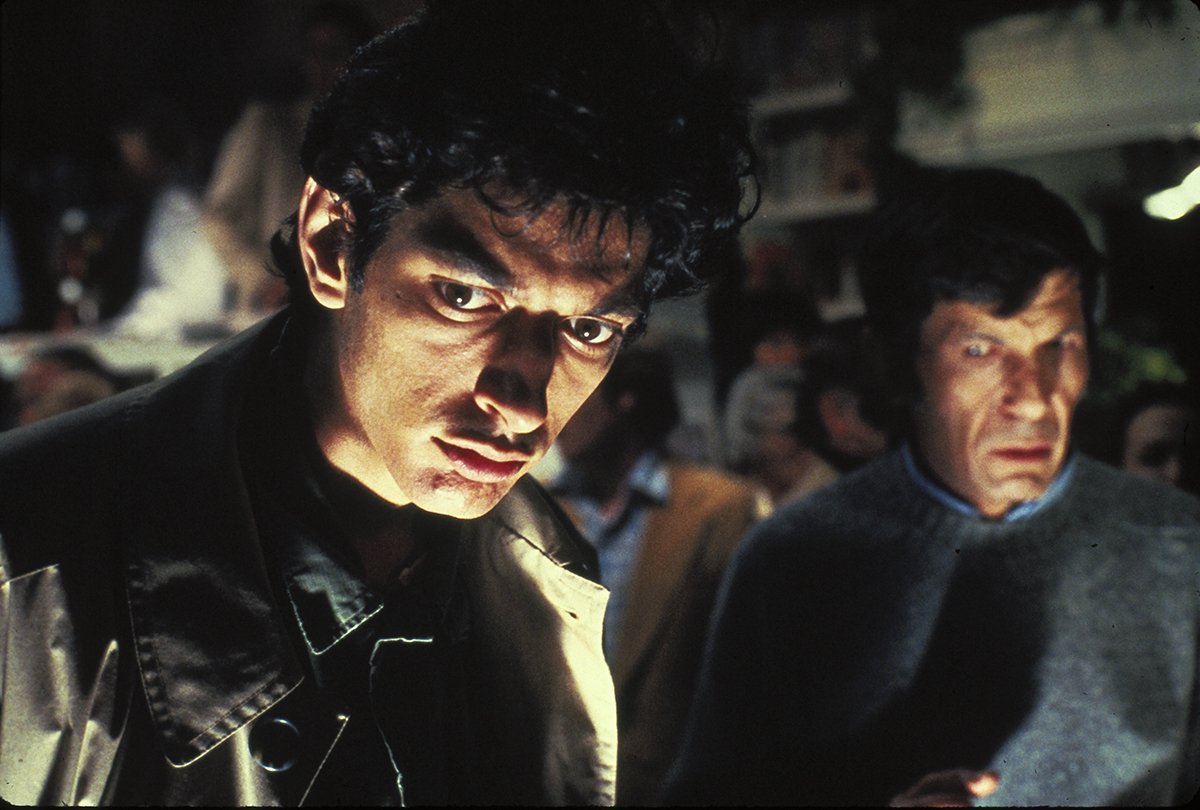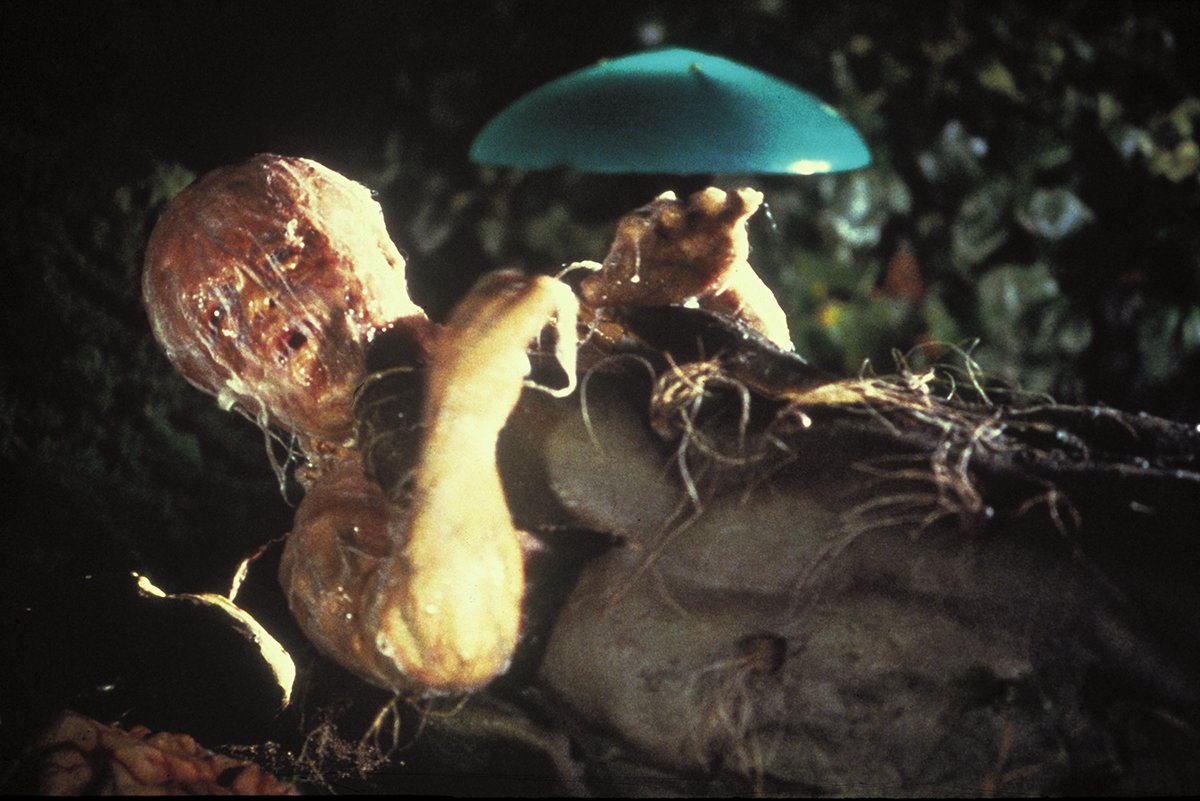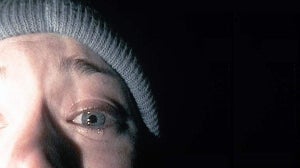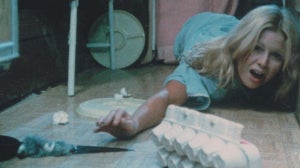
Of course, if we were to pinpoint just one fault of 21st-century mainstream cinema, it might be its obsession with remakes, re-imaginings, and franchise-building ‘universes’ that can often feel like exercises in spectacle over quality. Though more independent companies and filmmakers continue to punch above their weight offering us sublime, challenging, and outrageously groovy stuff like Men (2022), The Feast (2021), and Midsommar (2019), the dominant forces in Hollywood seem mired in the doldrums of unoriginality and desperate cash grab after desperate cash grab, have stretched the patience of many a fandom and more casual punter, ushering in a new era of big budget, eye-rolling yawns.
However, to completely disregard all remakes or attempts to do something new with older material would also be a mistake, indeed some of the most beloved genre cinema creations have been products of this kind of approach. In the early 80s, John Carpenter revisited classic movie The Thing from Another World (1951), throwing out much of what his hero Howard Hawks had served up in favour of going back to the source novella by John Campbell. The Thing (1982) was a coldly human drama of paranoia, delusion, and monstrous threats, littered with ground-breaking special effects and given a bleakly unheroic denouement. These same high standards were also applied to other reimagined properties such as The Fly (1986), The Blob (1988), and of course, Phillip Kaufman’s Invasion of the Body Snatchers (1978). Like Village of the Damned (1960), it deals with the idea of extra-terrestrial takeover by proxy. Whereas in that movie, the village women are impregnated with half-human/half-alien creatures, here, humans are copied and regrown in pods as emotionless doppelgangers.

Based on Don Siegel’s Invasion of the Body Snatchers (1956) which in turn had been an adaption of Jack Finney’s serialized story, (later turned into a novel), The Body Snatchers. Made at the height of cold war tensions and the rise in communist witch hunts, it’s easy to interpret the movie which espouses a mistrust of organized bodies as either being anti-communist or anti-McCarthyist. However, we view it, it is an entertaining, if slightly flawed piece, which depicts our dwindling set of heroes gradually succumbing to an overwhelming sense of societal pressure and groupthink mentality, in a chillingly prescient message which seems to ring even truer in our current decade.
But Kaufman, in retelling the story, chose as Carpenter would later, not to just riff on the nostalgia of the 50s version, but present us with a more complex plotline which, while keeping the bones of the original also tapped into a faltering mid-70s mindset. Under President Carter, fears of communist take-over had been played down, meaning that even if Kaufman had simply reworked the ideas from the first movie they would have carried little resonance for modern audiences. Instead, the director and writer W.D. Richter plumped for tackling fears of more domestic concerns. As with George Romero’s Season of the Witch (1972), Invasion of the Body Snatchers sought to critique the use of prescribed medications like valium which were arguably being used to turn adults into unthinking zombies or pod people, if you will.
Set in San Francisco, the choice of location is key to the development of the narrative and its subject matter. As suggested by Dale Banham ‘…the city had succumbed to urbanization and thus, its inhabitants had grown alienated from each other, and this is what Kaufman portrays; not a fear of the damn Commies, but the dehumanization of a people in an urban environment.’ And this can be witnessed throughout the film’s run time. Even before the invasion is uncovered, there is evidence that something is wrong at the heart of America, there is a worryingly extreme disconnect between people from all walks of life. Characters begin to question who their partners are, not whether they are human or alien but where they are and who they are with. In short, the film gives us a disturbing look at our facelessness, cruelly highlighting our continued loss of identity within the bounds of the soulless cityscape. A gap grows between the law and the rest of society, the rich and the poor, the leaders and the followers, and the new age hippies and the highly strung civil servants. It takes a merciless swipe at the rise of a new kind of urban narcissist. Crackpot remedies and therapies, there to placate the bored middle-class ego, are cast as being either fraudulent are wilfully destructive.

And though it is a very effective science fiction piece, it is also in keeping with the kind of 70s thinking which had also bought us the anti-hero and the accompanying sense of nihilism. No doubt bought on by a collapsing trust of authority and a growing feeling that the American dream may well be dead on its feet. Unlike the brasher, more colourful razzmatazz of the following decade, much of the 70s was spent examining why the 60s and its promise of new hope and free love had simply turned into a ghastly vomit-inducing hangover. In many ways, though Star Wars (1977) from a year earlier may have given people exactly what they wanted, Kaufman’s alien adventure gives us the reality of what we were getting. Stark reminders of the failures of the capitalist system and the connectivity of corruption hover at the edges of this fascinating production. As Alex Cox noted when talking about the Transamerica Pyramid which appears throughout the story, in his BBC 2 Moviedrome introduction ‘[it’s] a stretched-out version of the masonic pyramid on the dollar bill’. It’s another image which supplants the idea of the country, like the players in the movie, is slowly being turned into a faceless, corporate non-entity.
Yet for all its social commentary and political overtones, it will be most dearly remembered for its ickier elements and iconic visual moments. Perhaps none more frightening than the homeless man’s head on the body of a dog, and who could forget Donald Sutherland’s face to the camera, pointed finger outstretched, monster raw as the truth of the situation is finally revealed in the horrible closing moments. Invasion of the Body Snatchers does what many perceive as being impossible now, it provides us with a remake (or possibly sequel, depending on how you see it) that leaves a sense of the past at the door and instead embroils itself in the ‘now’ of its era, cannily summing up its horrors, faults, and weaknesses. The only hint we get of the earlier version is Kevin McCarthy’s unhinged cameo, but even that is given a modern twist, as his appearance acts not as a starting point of the action but more of a severe reprimand. As a blast from the past, he can be seen how we were warned about how bad things were going to get, but we still let them happen and will continue to do so. ‘They’re coming, they’re coming.' Indeed they are.








